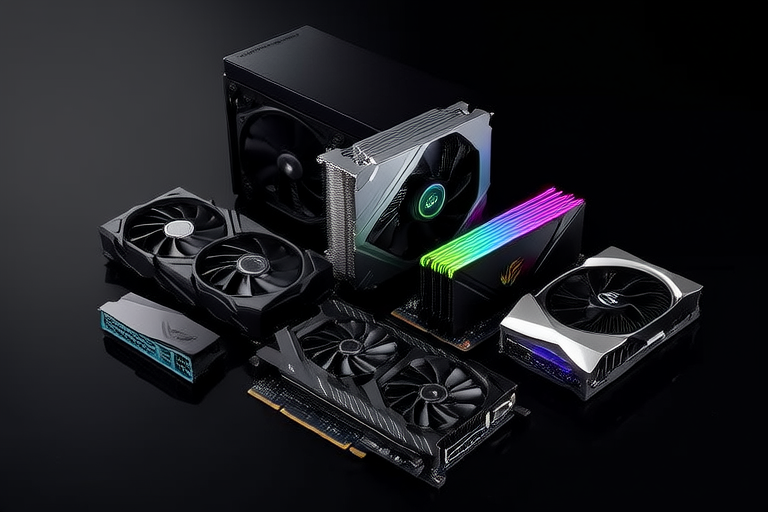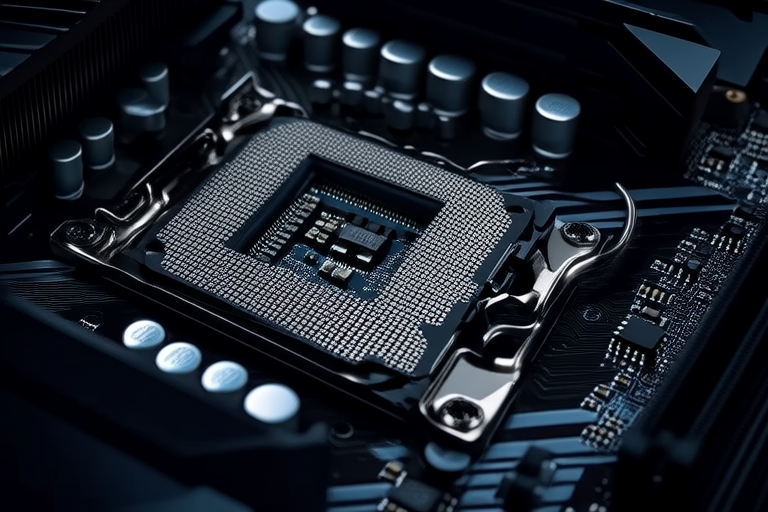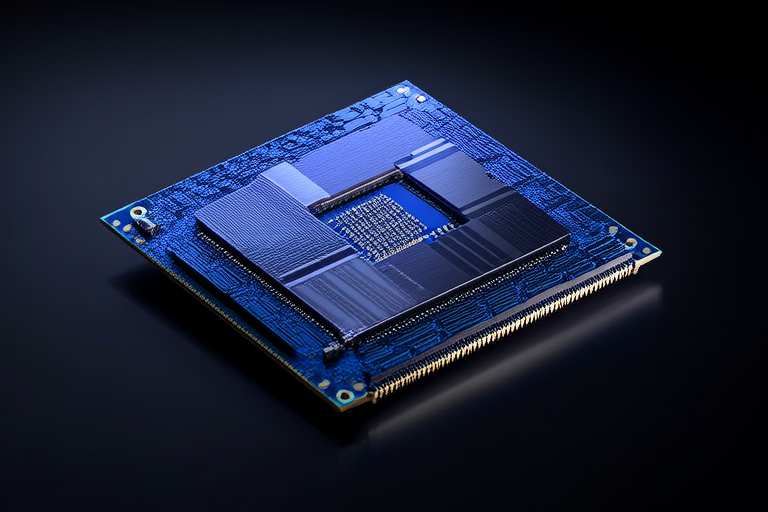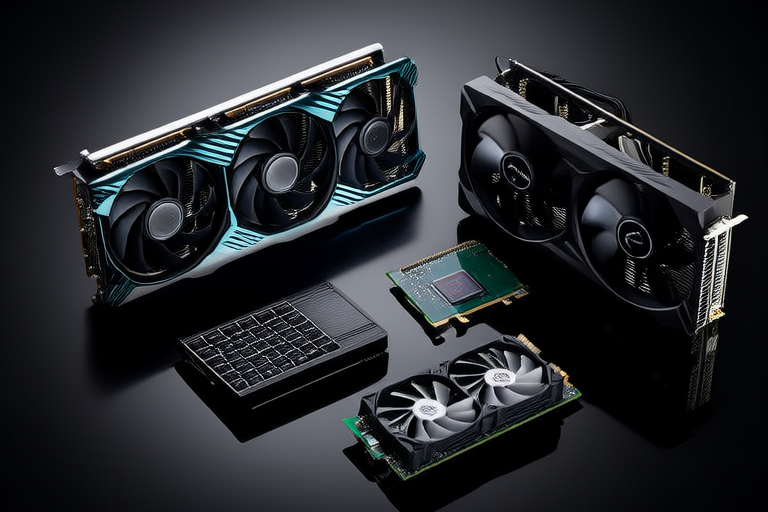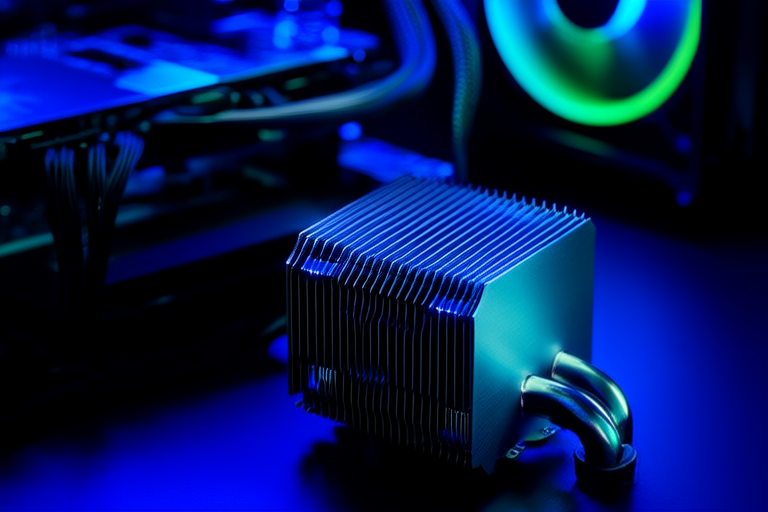Essential Components to Consider When Building Your Dream Computer
Introduction
BUILDING YOUR OWN COMPUTER can be an exciting and rewarding endeavor. It offers the flexibility to tailor your machine to your specific needs and preferences, ensuring you get exactly what you want out of your PC. One of the primary benefits of building your own PC is cost-effectiveness; you can often build a more powerful machine at a lower price than buying a comparable pre-built model. Additionally, building your own PC allows you to upgrade components more easily as technology evolves, extending the lifespan of your investment.
Central Processing Unit (CPU)
The CPU is the brain of your computer, responsible for executing instructions and performing calculations. Choosing the right CPU is crucial as it directly impacts your system’s overall performance. Key factors to consider include clock speed, number of cores, and thermal design power (TDP).
For gaming, look for CPUs with high clock speeds and efficient multi-core performance. Popular choices include Intel’s Core i7 and i9 series and AMD’s Ryzen 5, 7, and 9 lines. For productivity and content creation, CPUs with more cores and higher TDPs are ideal, such as Intel’s Xeon processors or AMD’s Threadripper lineup.
Graphics Processing Unit (GPU)
The GPU handles graphics and video processing, making it critical for tasks like gaming, video editing, and AI applications. Factors to consider include memory (VRAM), compute performance, and compatibility with the CPU.
For gaming, GPUs with ample VRAM and high frame rates are essential. NVIDIA’s GeForce RTX 30-series and AMD’s Radeon RX 6000-series are top picks. For professional rendering and A.I. applications, look for GPUs with robust compute capabilities, such as NVIDIA’s Quadro or Tesla series.
Motherboard
The motherboard serves as the central hub connecting all components. Selecting the right motherboard is vital for ensuring compatibility and future-proofing your build. Consider form factors, socket types, and expansion capabilities.
Popular form factors include ATX, Micro-ATX, and Mini-ITX. Socket types vary between Intel (LGA) and AMD (AMx) architectures. Expansion capabilities, such as PCIe slots and SATA ports, are also important for adding peripherals and storage solutions.
Random Access Memory (RAM)
RAM plays a crucial role in system performance by providing temporary storage for active processes. Types of RAM include DDR3, DDR4, and DDR5, each offering varying speeds and capacities.
For general use, 16GB of DDR4 RAM is sufficient. Gamers and content creators may benefit from 32GB or more. Ensure compatibility with your motherboard and consider faster speeds (e.g., 3200MHz) for improved performance.
Storage Solutions
Choosing between SSDs (Solid State Drives) and HDDs (Hard Disk Drives) depends on your needs. SSDs offer faster read/write speeds but are generally more expensive per gigabyte. HDDs provide larger capacities at a lower cost.
For everyday computing, a combination of both can be ideal. Use an SSD for the operating system and frequently accessed files, supplemented by an HDD for bulk storage. Hybrid solutions like NVMe drives offer a balance of speed and capacity.
Power Supply Unit (PSU)
The PSU delivers power to all components, ensuring they operate efficiently. Consider wattage requirements, efficiency ratings (80 Plus certifications), and modular options.
Choose a PSU with sufficient wattage to support your components. Look for 80 Plus Gold or Platinum certifications for better energy efficiency. Modular PSUs allow for easier cable management and cleaner builds.
Cooling System
An effective cooling system is essential for maintaining system stability and longevity. Overheating can lead to performance degradation and hardware failure.
Compare air cooling versus liquid cooling. Air cooling solutions are simpler and less expensive, while liquid cooling provides superior performance for high-end builds. Choose fans, heatsinks, and coolers based on component heat output and desired noise levels.
Case and Aesthetics
The case protects your components and facilitates airflow. Consider size, material, and aesthetic preferences.
Popular materials include steel, aluminum, and acrylic. Ensure the case is large enough to accommodate your components and supports proper airflow. Balance functionality and style when selecting a case that meets your needs.
Peripherals and Additional Components
Essential peripherals like keyboards, mice, and monitors complete your setup. Optional components include sound cards, network cards, and additional storage drives.
Invest in quality peripherals for comfort and precision. Sound cards enhance audio quality, while network cards improve connectivity. Additional storage drives expand your capacity for data.
Conclusion
Building your dream computer requires careful consideration of each component. From the CPU and GPU to storage solutions and cooling systems, each choice impacts your system’s performance and longevity. Take the time to research thoroughly and make informed decisions. Once you’ve gathered all the necessary components, you’re ready to assemble your dream PC and enjoy the benefits of a custom-built machine.
